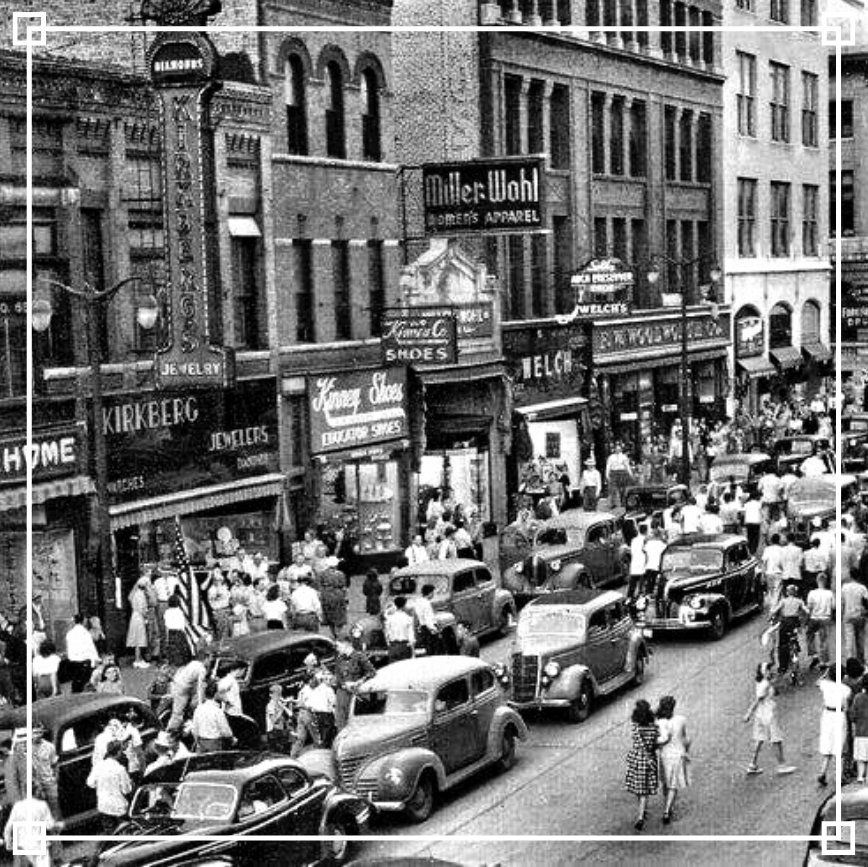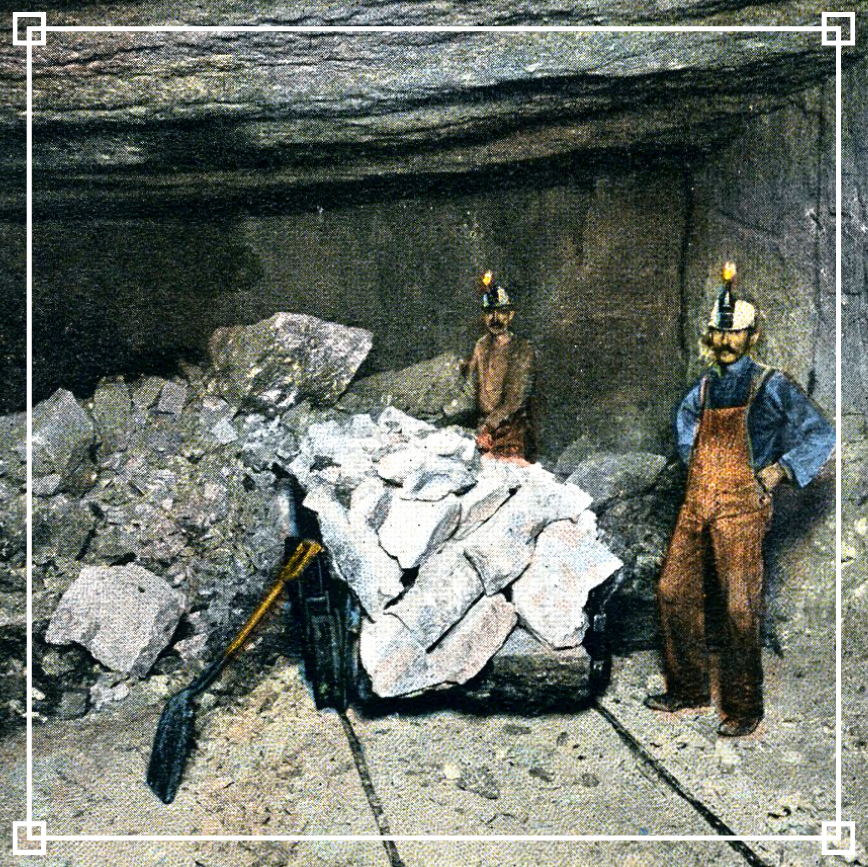Fort Dodge Then...
FORT DODGE HISTORY
Fort Dodge saw its fastest growth between 1890 and 1910. Some of the growth came as people moved from rural areas into the cities which offered greater economic and cultural opportunities. The 1890 census indicated that Fort Dodge had a population of 1,870 but by 1910, the population had increased to 15,543. Setting the stage for the growth of this period were the installation of basic municipal services; water, sewer, gas, telephone, and electric systems. With the population increase came the expansion and diversification of the local economy. Among the most important of the city’s industries were gypsum and clay products, foundry products, banking furniture, meat packing, poultry, butter and eggs, oat meal manufacturing, flour milling, agricultural implements, butter tubs and barrels, cigars, carbonated beverages, confectionary items, and men’s work clothing.
For more information on Fort Dodge's history go to
https://www.fortdodgehistory.com/.
Webster County Then...
WEBSTER COUNTY HISTORY
Coal was important for economic development in Webster County. Not only was coal available, but the area had abundant supplies of clay, gypsum, and limestone. A major boost for Webster County gypsum production came in 1893 when local mills won the contracts to provide gypsum plaster for the Chicago World’s Fair at which all of the
spectacular
buildings were temporary structures built with wooden framework covered by plaster. Coal fueled the establishment of the gypsum industry. The first mill was established in 1872 and over the years, 13 mills were built in the county, making Webster County reportedly the largest producer in the world.
Clay products became the second largest industry in Webster County with its production of brick, tile and stoneware. The products were needed to build the newly established towns in northern and western Iowa, the Dakotas and Minnesota, and to drain the agricultural wetlands of north central Iowa, making available to agriculture some of the richest soils in the world. At one time, five plants produced brick, sewer pipe, and drainage tile. Locally produced drainage tile helped drain the extensive wet lands of north central Iowa, making available the world’s best soil for agriculture. Clay stoneware was also a major product, and Webster was by far the largest producer of stoneware in Iowa.
For more information on Webster County's History go to
https://www.fortdodgehistory.com/.
Fort Dodge Now...
FORT DODGE TODAY
Fort Dodge is located at the Junction of Hwy 20 & 169 with a population around 25,000. The Community is a regional hub for American owned corporations producing wild bird seed, wet corn milling, gypsum wallboard, radiators, ethanol, aluminum food containers, fishing/pontoon boats and agricultural chemicals, Internationally owned companies from France, United Kingdom, South Korea, Germany and New Zealand produce gypsum products, pet foods, animal feed, and animal health products The rich soil keeps agriculture a major industry for the region with the county’s farming community selling more than $353 million in agricultural products each year.
The arts are alive in the region with an art museum, 6+ community theatre groups, symphony performances, numerous vocal performance groups and an active DIY art studio. Other attractions include a frontier museum with 20+ buildings of collections, family-owned orchard, a winery and breweries, and Iowa's tallest mural.
Webster County Now...
WEBSTER COUNTY TODAY
Webster County's largest community is Fort Dodge with a population around 25,000; approximately 11,500 households; and a median household income of $32,100. Webster County's labor force is 17,604 strong with a 3.8% jobless rate. Fort Dodge is conveniently located on U.S. Highway 20, which is four lanes from Dubuque, Iowa to Sioux City, Iowa.
Smaller communities in Webster County host outstanding events throughout the year. Gowrie's 4th of July Celebration and Dayton's Championship Rodeo on Labor Day Weekend are not to miss events.
Recreational opportunities in the region include 65 miles of off-highway vehicle riding in Gypsum City OHV Park, two state-designated water trails flowing 65 miles, 100-plus miles of snowmobile trails, 30 miles of connected multi-use paved trails, mountain bike trails, fishing lakes, rivers, and ponds, parks, golf courses, and a state recreation area with 45 miles of equestrian and multi-use trails.










